The Ultimate Guide to Affordable Chin Implants in Seoul

Considering a chin implant in Seoul? You're not alone. South Korea, and particularly Seoul, has become a global hub for cosmetic surgery, renowned for its advanced techniques, experienced surgeons, and competitive pricing. A chin implant, or mentoplasty, is a popular procedure for those looking to enhance their facial harmony and define their jawline. If you're wondering about the chin implant cost in Seoul, South Korea, you've come to the right place. This comprehensive guide will break down everything you need to know, from the price you can expect to pay to the factors that influence it.
The decision to undergo any cosmetic procedure is a significant one, and cost is often a primary consideration. In Seoul, the price for a chin implant is notably more affordable than in many Western countries, without compromising on quality. This has made it an attractive option for medical tourists from all over the world. But before you pack your bags, it's essential to have a clear understanding of what's involved, both financially and medically. We'll explore the different types of implants, what's included in the surgical packages, and how to choose a reputable clinic to ensure a safe and successful outcome. Let's delve into the specifics of getting a chin implant in the heart of South Korea's cosmetic surgery scene.
What is the average cost of a chin implant in Seoul?
The cost of a chin implant in Seoul can be quite variable. While the average range provides a good starting point, it's important to remember that this is not a one-size-fits-all price. The reputation and location of the clinic play a significant role. For instance, a high-end clinic in the affluent Gangnam district may charge more than a smaller clinic in a different part of the city. The surgeon's experience and specialization are also major factors; a highly sought-after surgeon with years of experience in facial contouring will command a higher fee.
Furthermore, the complexity of your individual case will impact the final cost. A straightforward augmentation will be at the lower end of the price spectrum, while a more complex procedure, perhaps combined with other treatments like liposuction of the neck, will be more expensive. It's always best to get a personalized quote from a few different clinics to get a more accurate idea of what you can expect to pay.
What factors influence the cost of a chin implant in Seoul?
Understanding the variables that affect the price of a chin implant can help you make a more informed decision. Here's a breakdown of the key factors:
- Surgeon's Experience and Reputation: Highly experienced and well-known surgeons typically charge more for their services. Their expertise often translates to better results and a lower risk of complications.
- Clinic's Reputation and Location: Prestigious clinics in prime locations like Gangnam often have higher overheads, which is reflected in their pricing. These clinics may also offer more luxurious amenities and a higher level of service.
- Type of Implant: The material of the chin implant can affect the cost. Silicone implants are generally the most common and affordable option. Other materials, such as Medpor, may be more expensive.
- Surgical Technique: The complexity of the surgical technique required for your specific case can influence the price. Some patients may require a simple implant placement, while others may need a more involved procedure.
- Anesthesia: The type of anesthesia used (local or general) and the fees of the anesthesiologist will be included in the overall cost.
What is typically included in the chin implant surgery package in Seoul?
When you receive a quote for your chin implant in Seoul, it's crucial to understand what is covered in the price. Most reputable clinics will provide a comprehensive package that includes all the essential components of the procedure. This transparency helps to avoid any unexpected costs down the line. A typical package will include:
- Initial Consultation: A thorough consultation with the surgeon to discuss your goals and determine the best course of action.
- Surgeon's Fee: The cost of the surgeon's time and expertise.
- Anesthesia Fees: The fees for the anesthesiologist and the type of anesthesia used.
- Implant Cost: The price of the chin implant itself.
- Operating Room Fees: The use of the clinic's surgical facilities.
- Post-Operative Care: Follow-up appointments to monitor your recovery and remove stitches.
It's important to clarify with the clinic if there are any additional costs you should be aware of, such as prescription medications, compression garments, or any necessary post-operative treatments. Some clinics may also offer all-inclusive packages for international patients that include accommodation and airport transfers.
Are there different types of chin implants available in Seoul?
The choice of chin implant material is an important decision that you will make in consultation with your surgeon. The two most widely used types of chin implants in Seoul are:
- Silicone Implants: These are the most popular choice for chin augmentation. They are soft, flexible, and can be easily customized to achieve the desired shape and size. Silicone implants are also relatively easy to insert and remove if necessary. They are generally the more affordable option.
- Medpor (Porous Polyethylene) Implants: Medpor implants are made from a porous material that allows for tissue integration. This means that your natural tissues will grow into the implant, making it a more permanent and stable part of your chin structure. However, this also makes them more difficult to remove if needed, and they are typically more expensive than silicone implants.
Your surgeon will recommend the best type of implant for you based on your anatomy, aesthetic goals, and budget. They will discuss the pros and cons of each option to help you make an informed choice.
How can I find a reputable clinic for a chin implant in Seoul?
Choosing the right clinic and surgeon is the most critical step in your chin implant journey. With so many options available in Seoul, it's important to do your due diligence to ensure you are in safe and capable hands. Here are some tips for finding a reputable clinic:
- Check for Board Certification: Ensure that the surgeon is board-certified in plastic surgery. This indicates that they have met rigorous standards of training and expertise.
- Read Patient Reviews: Look for reviews and testimonials from previous patients. This can provide valuable insights into the clinic's quality of care and patient satisfaction.
- Review Before-and-After Photos: A strong portfolio of before-and-after photos will give you an idea of the surgeon's aesthetic style and the quality of their work.
- Schedule a Consultation: A consultation (even a virtual one) is a great opportunity to ask questions, discuss your goals, and get a feel for the surgeon and the clinic.
- Use a Medical Tourism Agency: Reputable medical tourism agencies like PlacidWay can help you connect with vetted clinics and surgeons in Seoul, making the process much easier and safer.
What is the recovery process like after a chin implant in Seoul?
Knowing what to expect during the recovery period can help you plan your trip and your time off from work. Immediately after the surgery, you will likely experience some swelling and bruising around the chin and jaw area. Your surgeon will prescribe pain medication to manage any discomfort. It's important to follow all post-operative instructions carefully to ensure a smooth recovery. This may include:
- Keeping your head elevated to reduce swelling.
- Eating a soft diet for the first few days.
- Avoiding strenuous activities and exercise for a few weeks.
- Attending all follow-up appointments.
Most of the visible swelling will subside within a couple of weeks, and you will begin to see the final results of your chin implant. The complete healing process can take several months as the tissues settle around the implant. Planning to stay in Seoul for at least a week to ten days post-surgery is generally recommended for initial follow-up care.
For a seamless medical journey to Seoul for your chin implant, explore the options available through PlacidWay. They can connect you with top-tier clinics and provide comprehensive support throughout your experience.
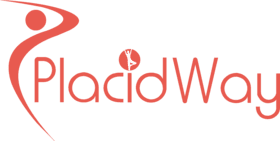

.png)



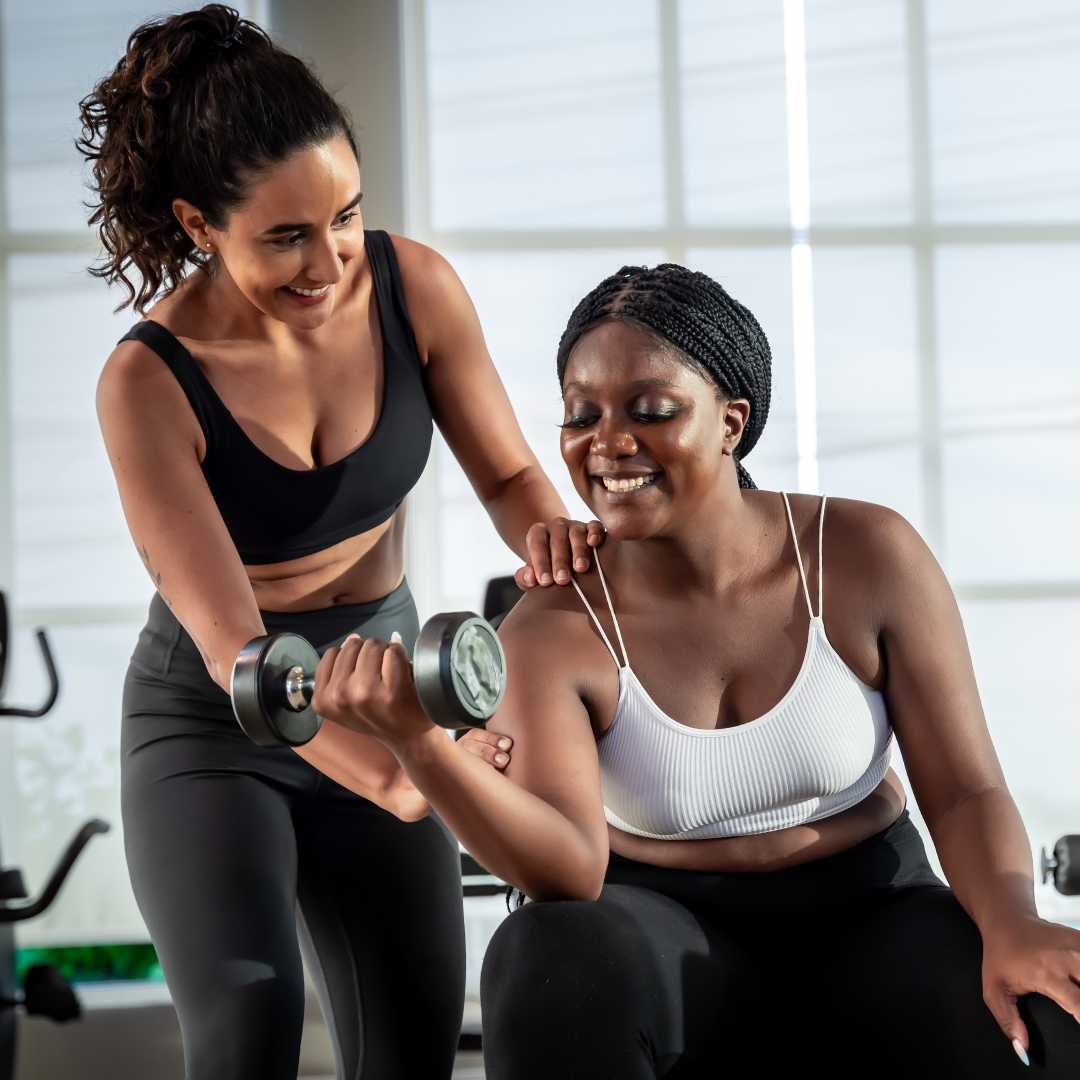

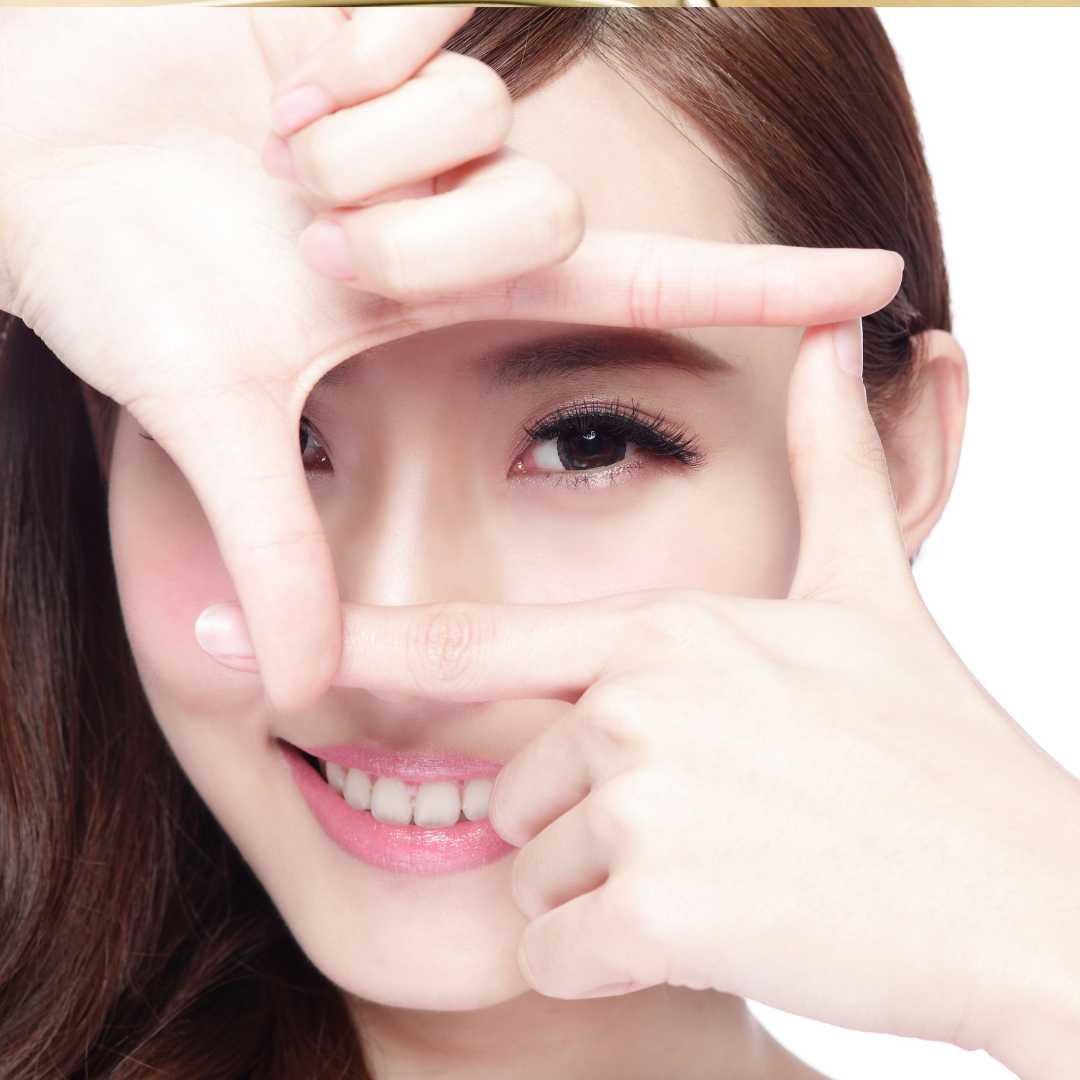

.png)
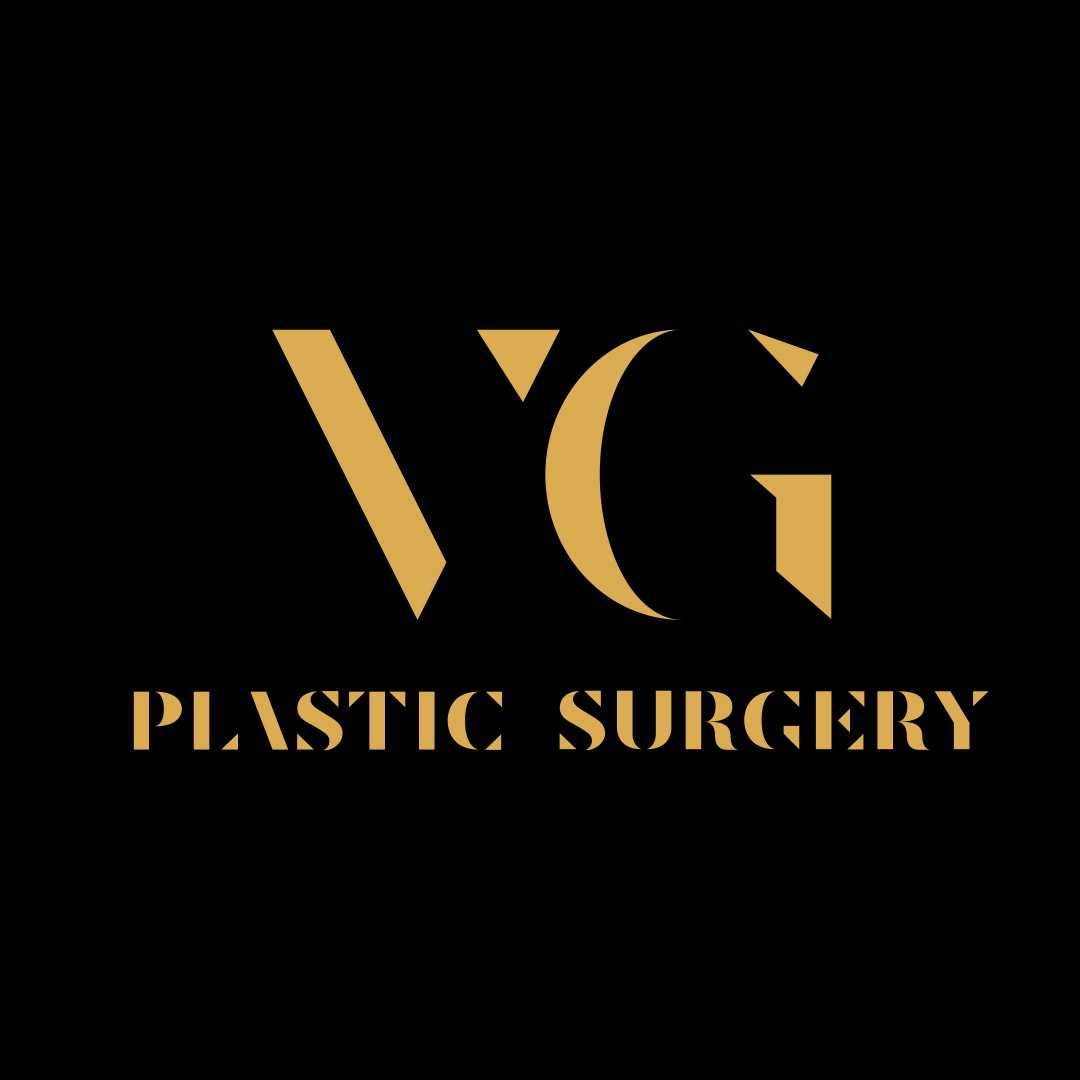
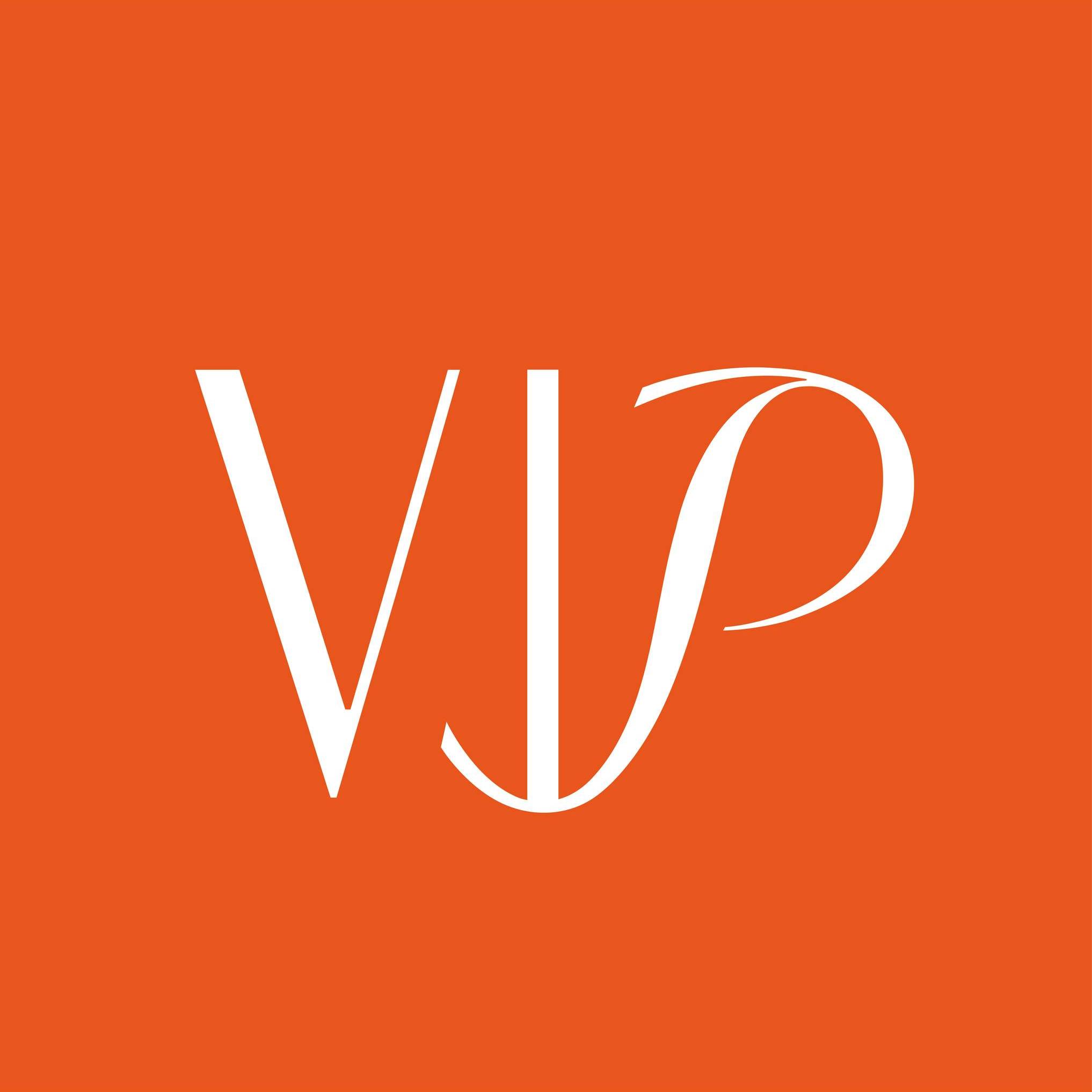
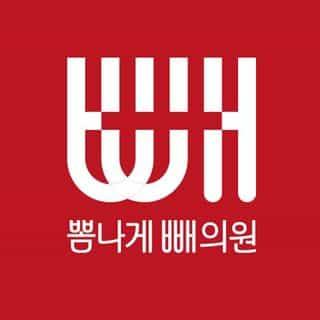
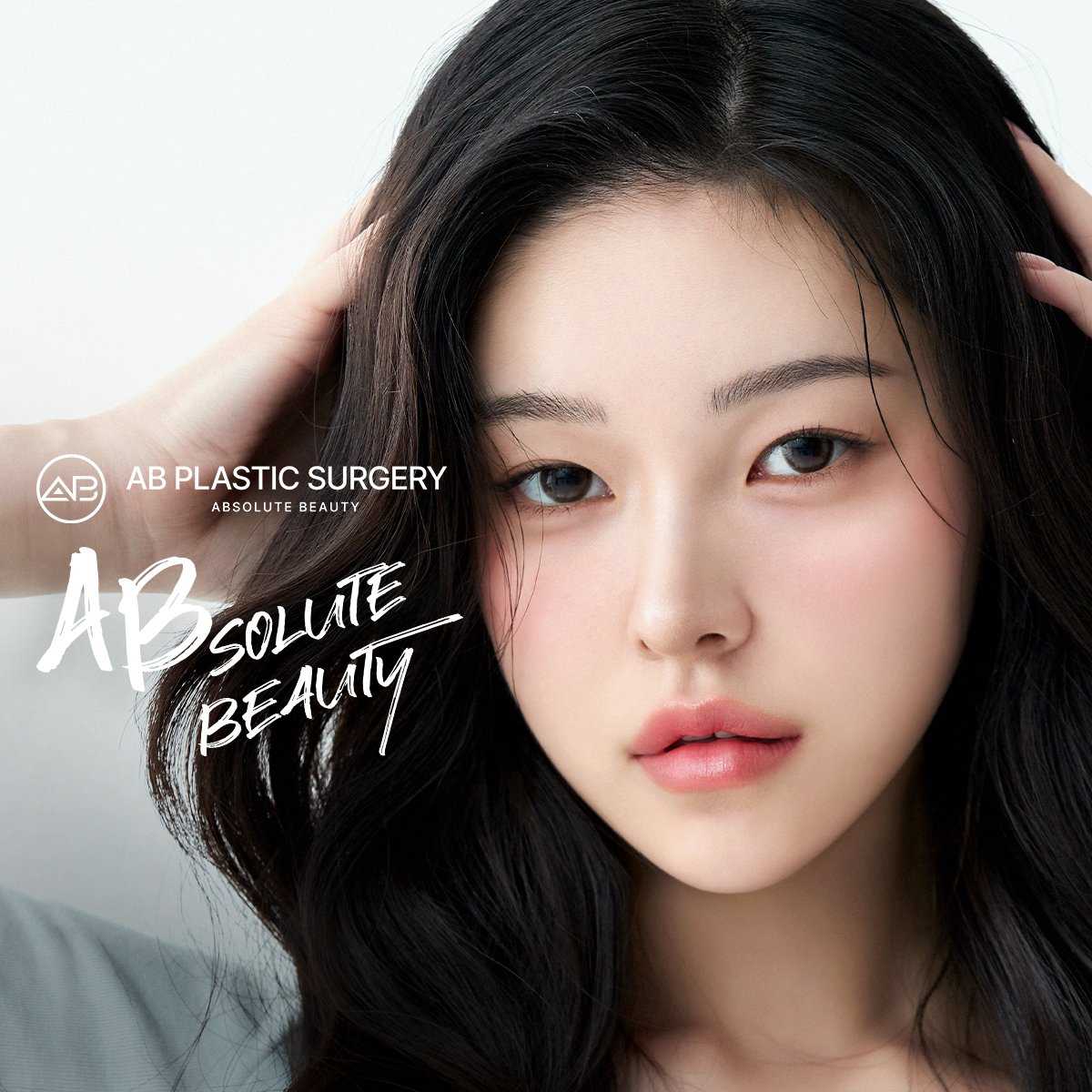
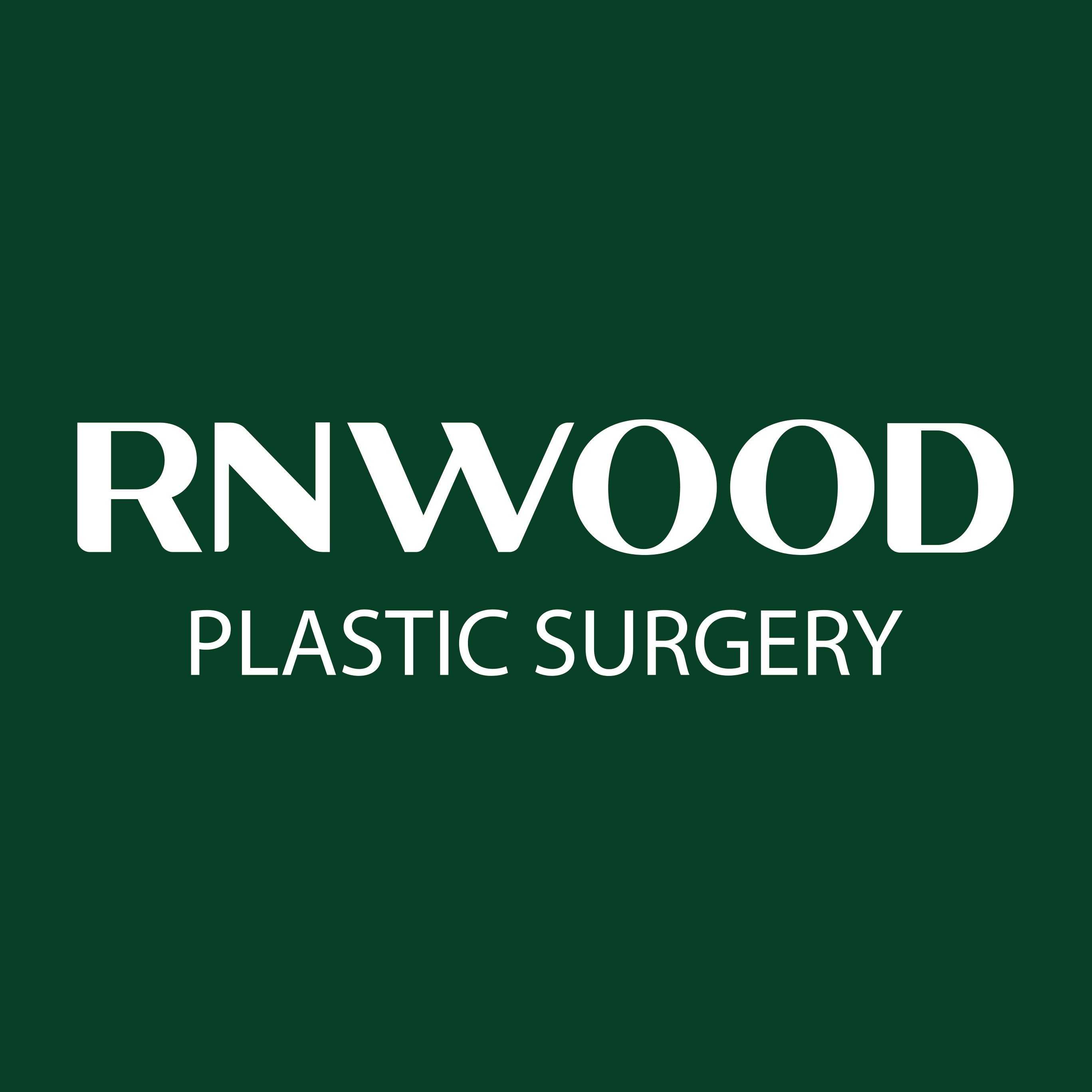

Share this listing